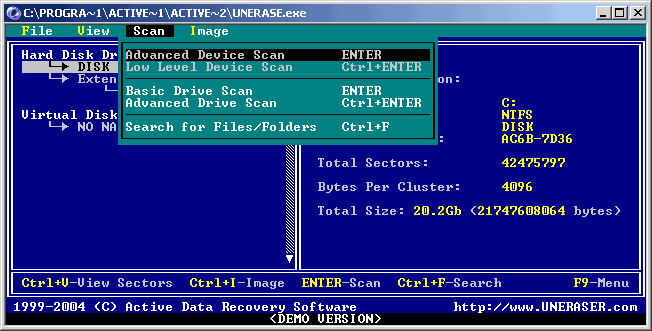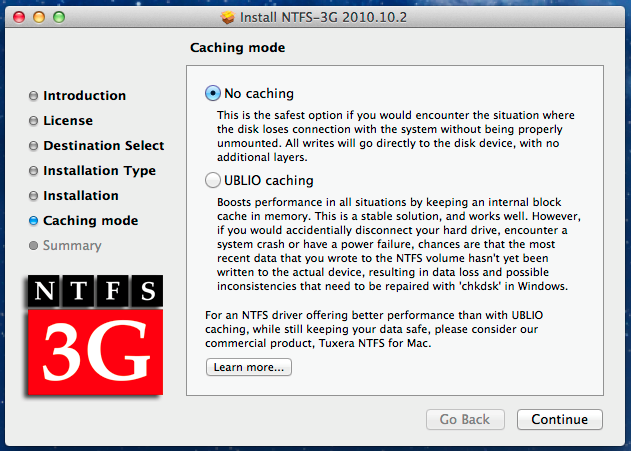


After a bad-sector error, NTFS dynamically remaps the cluster that contains the bad sector, allocates a new cluster for the data, marks the original cluster as bad, and no longer uses the old cluster. NTFS uses its log file and checkpoint information to restore the consistency of the file system when the computer is restarted after a system failure. (To find out about ReFS, see Resilient File System.) Practical applications For additional feature information, see the See also section of this topic.

The newer Resilient File System (ReFS) offers some additional features, but we recommend that you use NTFS in production deployments of Windows Server 2012 R2 and earlier versions of Windows.įor information about new and changed functionality in NTFS in Windows Server 2012 R2, see What's New in NTFS.
Absolutely merges support microsoft ntfs file full#
NTFS-the primary file system for recent versions of Windows and Windows Server-provides a full set of features including security descriptors, encryption, disk quotas, and rich metadata, and can be used with Cluster Shared Volumes (CSV) to provide continuously available volumes that can be accessed simultaneously from multiple nodes of a failover cluster. Applies To: Windows 10, Windows 7, Windows 8.1, Windows Server 2008, Windows Server 2008 R2, Windows Server 2012, Windows Server 2012 R2


 0 kommentar(er)
0 kommentar(er)
